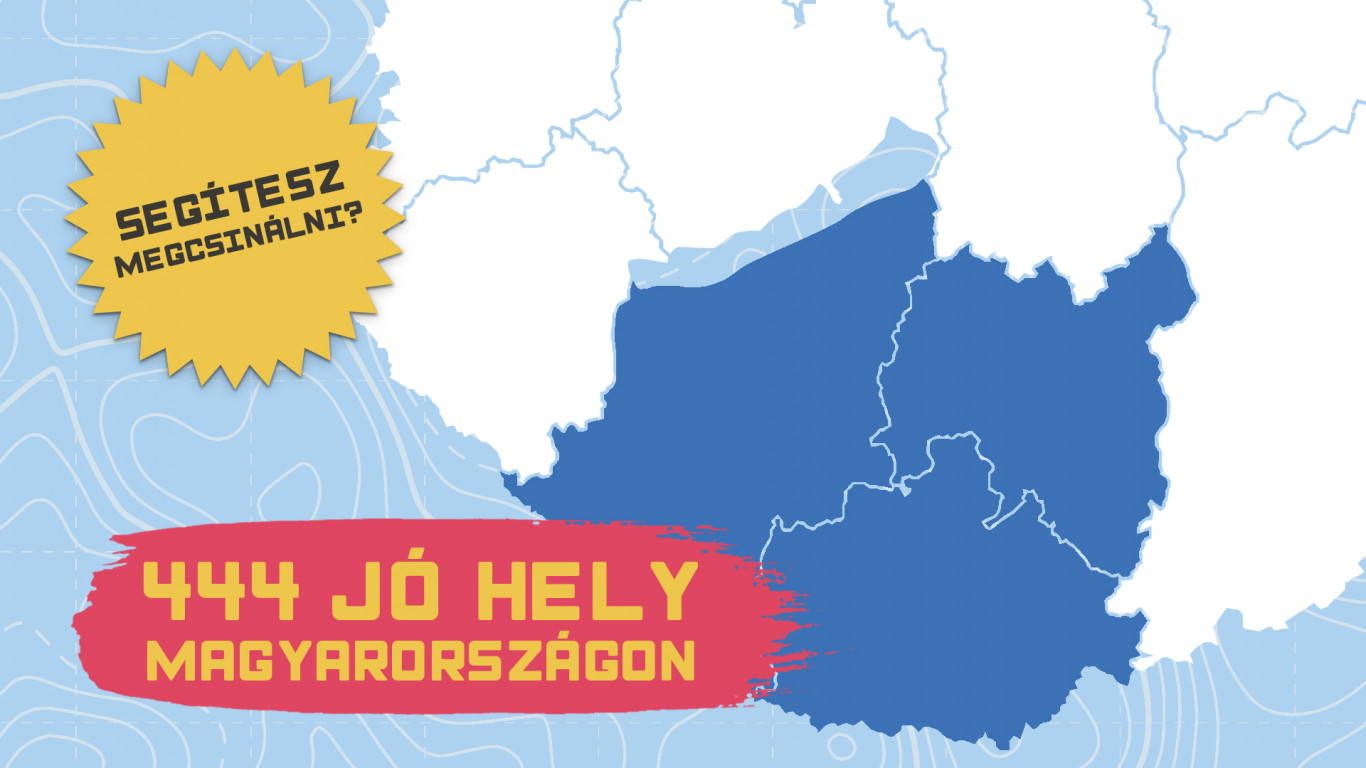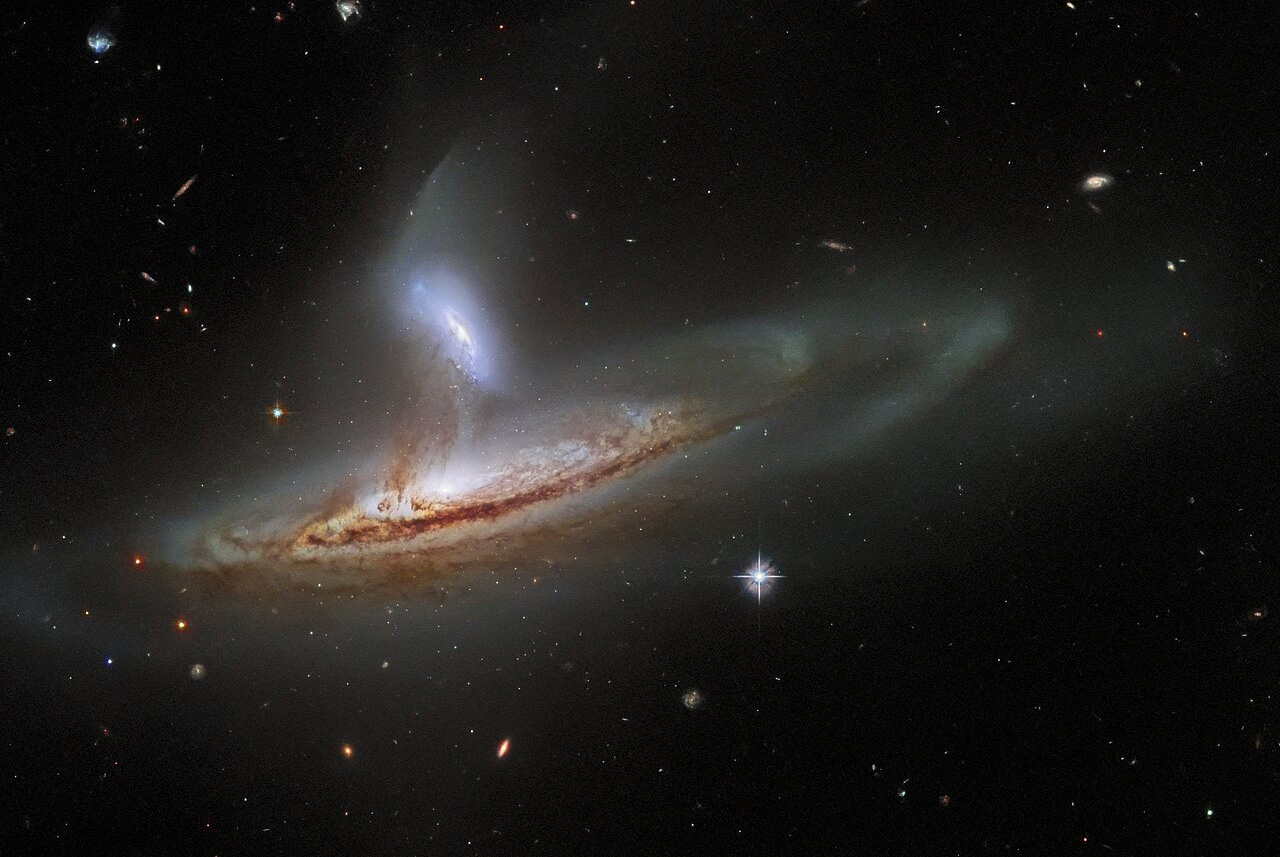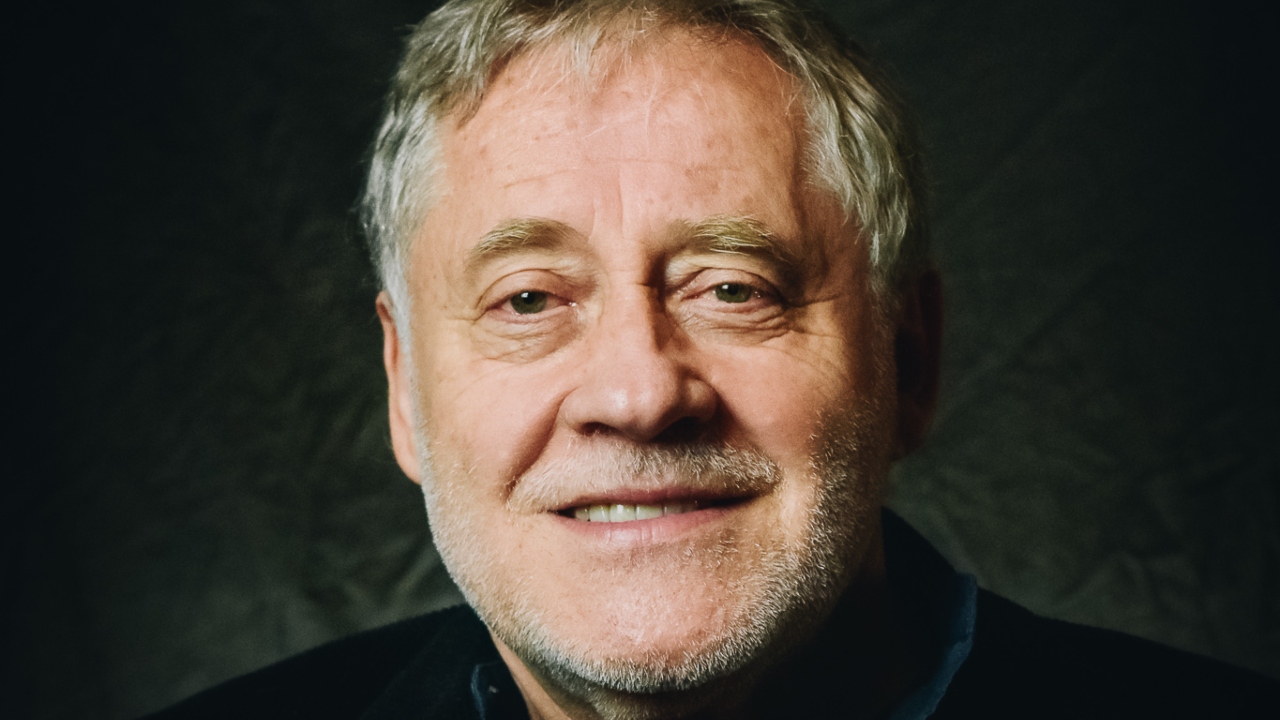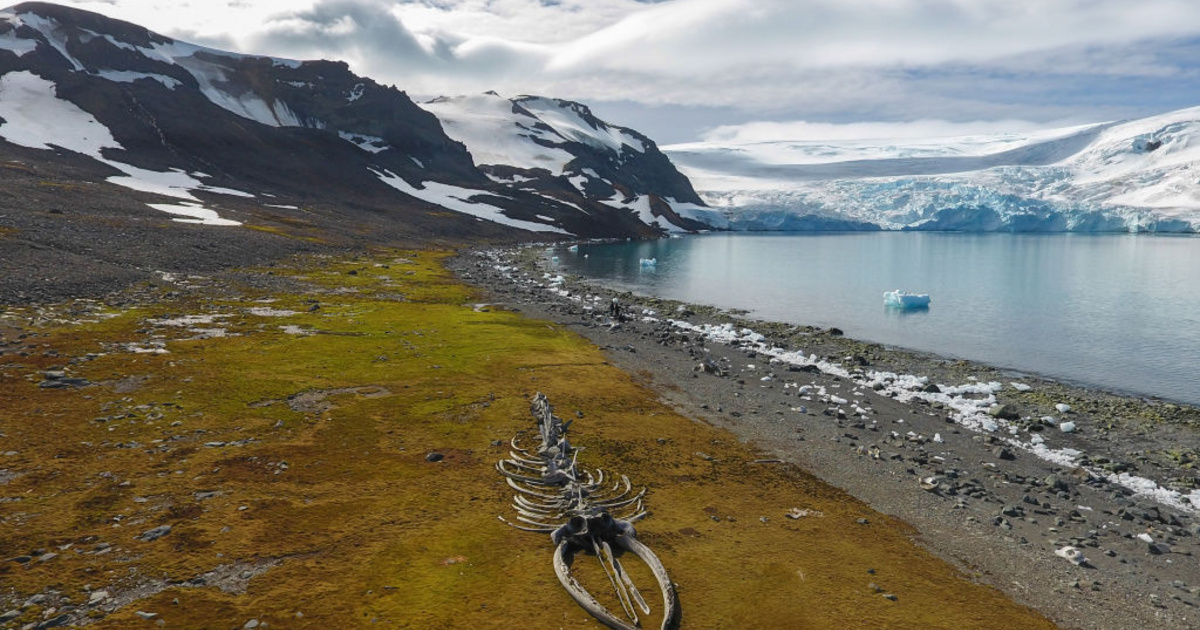New Zealand researchers are preparing to drill a one-kilometre-deep hole in Antarctica through Ross’ self-iceberg to see if reducing greenhouse gas emissions can help avoid catastrophic melting of the continent’s ice.
A research program called SWAIS 2C examines the sensitivity of the West Antarctic Ice Field (WAIS) to global warming to 2 degrees Celsius, to which deep-sea sediments may respond, according to the institute.
Photo: Alessandro Dahan / Getty Images Hungary
The study will reveal how ice behaved during times when global temperatures were as high as expected in the coming decades. This geological information can tell if there is a tipping point in the climate system when heavy land ice melts, causing ocean levels to rise by metres. If this happened before, it could happen again, according to ANZ.
The West Antarctic ice field contains enough ice to melt by four meters to raise global sea levels.
Richard Levy, of the University of Victoria, Wellington, and Molly Patterson, a researcher at Binghamton University in the US, are leaders of a team of some of the world’s leading Antarctic researchers.
Studies show how far the West Antarctic ice sheet could melt if targets of the Paris climate agreement are not met.
Levi pointed out.
No one had ever drilled so deep in Antarctica at such a location so far from the main camp and so close to the center of the West Antarctic Ice Field. Within four years, engineers at the Antarctic Research Center at Victoria University of Wellington developed the world’s first technology to drill 800 meters of ice using hot water and then sample sediments from 200 meters below the ice sheet.
A prep team will set out from Scott Base in November to cross the Ross Ice Self to the so-called Seibel Coast, where the ice meets the ocean and begins to float. Once the drilling station is established, a larger research team will be added until February they are working The Euphrates. Over the next three years, SWAIS 2C will carry out fieldwork.
(via MTI)












































